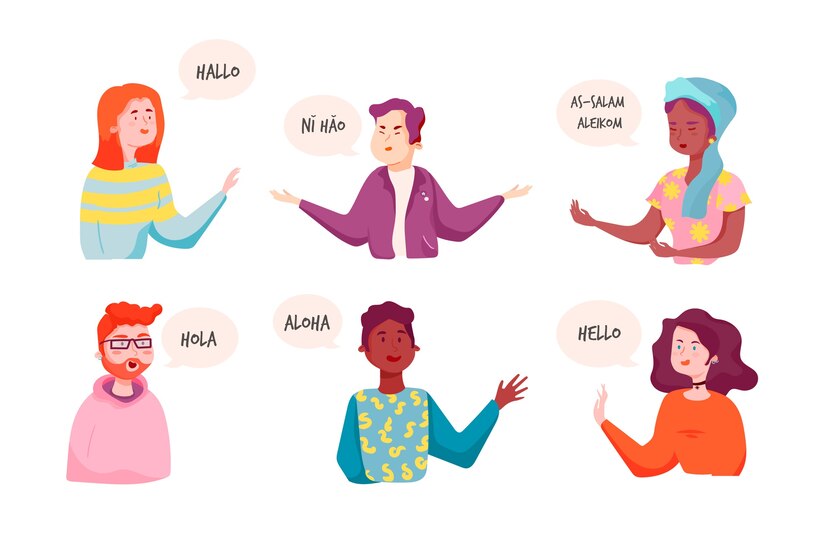In an increasingly interconnected world, communication lies at the heart of every interaction and relationship. However, traditional language barriers continue to present formidable challenges to the inclusivity and accessibility of information and services. Enter American Sign Language (ASL) and other forms of sign language — a silent yet powerful form of communication that is not just a subject of interest for linguists and therapists but a vital skill for anyone seeking to build a truly inclusive society.
With more than 70 million Deaf individuals worldwide and an incalculable number of those with different levels of hearing loss, the imperative for the general public to learn sign language has never been clearer. Whether to foster connections within the Deaf community or to ensure that public spaces and digital platforms are universally accessible, the ability to sign speaks volumes about our commitment to diversity and equity. This post will explore the advantages and necessity of learning sign language, not just as a trend but as a movement towards a more empathetic and understanding global community.
Breaking the Silence on Sign Language
For too long, sign language has been relegated to the sidelines, seen as a specialized form of communication relevant only to the Deaf and Hard of Hearing. However, recent advocacy and legislative efforts have pushed it into the mainstream, positioning sign language as a critical tool for bridging the gap between the hearing and non-hearing worlds.
The digital age has also played a significant role in sign language’s resurgence, with social media influencers and community-led tutorials taking the lead in normalising its use. The question isn’t why we should learn sign language but why we don’t still need to. Consider doing the Online Signature BSL Level 1 Course.
Sign Language and Its Myriad Benefits
The benefits of learning sign language extend far beyond its immediate use with Deaf peers and community members. Studies have consistently shown that acquiring sign language skills can enhance cognitive development and literacy and even improve overall communication abilities.

Learning to sign can also be a life-saving skill, particularly in emergencies or when medical personnel are trying to communicate vital information to a patient with hearing loss. It offers a sense of independence to the Deaf community and allows them to engage confidently in a broader range of social and professional situations.
Sign Language as a Catalyst for Inclusion
At its core, sign language is about inclusion — it’s a literal way to ensure that no one is left out of the conversation. In educational settings, the integration of sign language creates a more nurturing and accessible environment for students of all abilities.
In the workplace, an employer’s commitment to accommodate and integrate sign language can significantly bolster the morale and performance of employees with hearing disabilities. It sends a powerful message — that diversity is not just welcomed but valued.
The Future of Sign Language in a Globalized World
As the world becomes more interconnected, the value of a universal language of sorts, one that transcends international spoken language barriers, is immeasurable. Sign language can play a pivotal role in this evolution, enabling cross-cultural understanding and communication on a shared visual platform.
It’s plausible to imagine a future where knowledge of sign language is as commonplace as proficiency in a second spoken language. This would not only be a testament to our progress as a society but a practical response to the growing need for harmonious interaction in a world where diversity is the rule, not the exception.
Tools and Resources to Start Your Sign Language Journey
For those inspired to take action and learn sign language, there’s no shortage of resources available. From local community centres offering classes to a wealth of online platforms providing free or affordable tutorials, the opportunity to enhance one’s linguistic toolkit has never been more accessible.
Mobile applications, online forums, and even television programs are latching onto the trend, ensuring that learning sign language is not only educational but also enjoyable and engaging. The key is to start, to commit to learning this silent yet profound form of human connection.

Conclusion
Sign language is more than words and gestures; it’s about empathy and the right to communicate. Learning sign language is a statement of inclusion and equality. Each new sign brings us closer to a future where barriers are broken and voices are heard. Join the silent revolution and make sign language a part of our shared human experience.
